'City of Night' by John Rechy
'And how will I be remembered, if at all, by those hundreds and hundreds of nightpeople in that long goodbye that life turns into?'—Review #230

I can’t remember how many years it’s been since I bought ‘City of Night’ by John Rechy, but it seems like it’s been in my book pile forever. So long that the book had sunk to the bottom of the pile because I thought it would take longer than my usual two-week interval between newsletters to read. Whenever I tried to schedule it, I would inevitably push it back. These last two weeks, however, I had two train trips planned, and I realized I would finally have the time to tackle the novel that I knew very little about other than that it was considered a cult classic. Before the first leg of my first journey was over, I was like:
What a book! I have read few, if any, like it.
Here’s the cover:
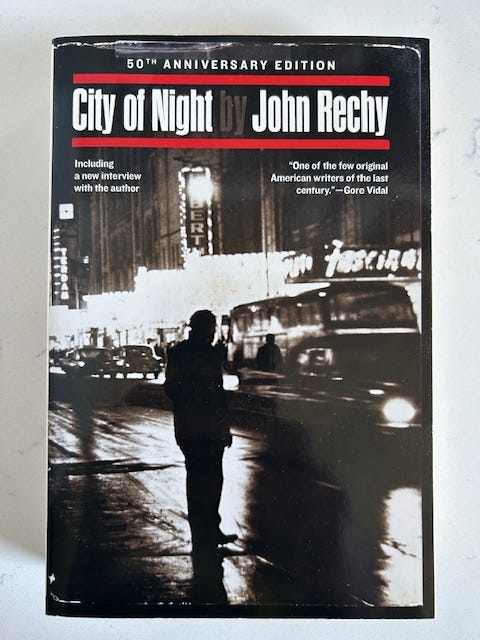
‘City of Night’ offers total immersion into the vibrant and desperate street-hustling world of the late 1950s, a scene populated by drag queens, sex workers, ‘scores’ and vice cops, among others. The novel draws from Rechy’s life and experiences as a street hustler during that time, and follows an unnamed young man (or ‘youngman,’ to borrow the book’s ubiquitous portmanteau), who leaves a troubled home in El Paso, Texas, and enters the gay subcultures of New York City, Los Angeles, San Francisco, Chicago and New Orleans. On his journey, we are taken to dark bars, all-night movie theaters, public bathrooms, beaches, parks, shadowy streets, apartments and flop houses, and even Hollywood homes, for a seemingly endless string of clandestine and often-anonymous hookups. Along the way, we meet many unforgettable characters. Among them is Pete, the Times Square hustler who’s an early mentor to the youngman. An older voyeur hires him and Pete to enact a weird naked checkers-playing fantasy. Pete plays the tough guy between scores, telling the youngman he isn’t really gay because he has sex with men only for money, but in unguarded moments he reveals vulnerability and sadness. There’s also the Professor, a bedridden older man always looking for young men to be his ‘angels’ and to listen to his rambling monologues. There’s Lance, the aging actor with waning youth and beauty, who’s on the receiving end of karmic retribution. There’s Sylvia, who owns a gay bar and struggles with secret shame over her reaction to her gay son’s coming out. There’s Neil, who’s fixated on strength, S&M, and dressing up young men for his demented photo collection—he’s a twisted and terrible person. And there’s Chi-Chi, a drag queen in New Orleans, who punches out a gawking and obnoxious tourist during Mardi Gras, like:
These and other characters are focal points of the book’s chapters, where we linger with them and get to know them. Each comes vibrantly alive through Rechy’s writing, and they offer valuable lessons for the youngman on his journey, which turns from aimless drifting into a path of self-discovery. One chapter, for example, focuses on Jeremy, a score the youngman meets in New Orleans. They discuss love and whether it’s possible to love someone and to accept love in return in a world that has criminalized and closeted their existence. The youngman says he doesn’t believe in love, and wants only to be desired. Jeremy challenges him: What’s the difference? The exchange forces the youngman into deep introspection. Is the only viable path the one he’s already on, always moving to the next town, the next bar and the next man to avoid getting caught—either by doomed attachments, by one’s feelings or by the police? Is there any refuge from the streets where one can live honestly and be relieved of the crushing burden of:
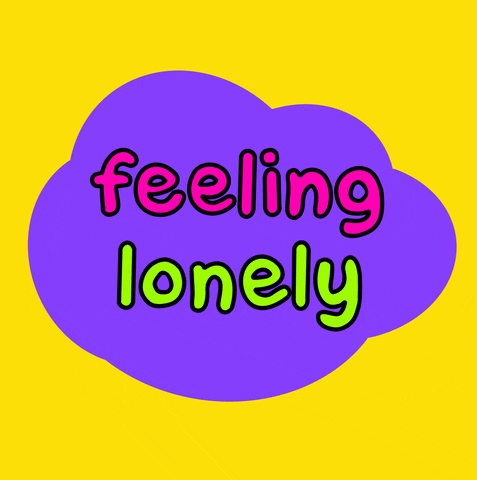
Rechy’s writing and style beautifully evoke the vital energy and quiet despair of this world. I love how he smashes words together and removes punctuation to convey the urgency of needing to score and to keep moving, as if these marks and spaces would cause needless delay. I love how each character’s voice is distinct and rings true. For example, when one character exclaims, ‘Whu-I NOT’ you can practically hear them. It often felt like I was sitting next to the youngman at the bars and other places where he encounters these people, and I was riveted as they gossiped, talked shop, or recounted their fears and anxieties. I flew through the book, like:

As I mentioned, I brought ‘City of Night’ with me on my travels, but it took me on a journey, too, into an unfamiliar world that I wouldn’t otherwise have access to. I learned a lot, not only about a specific group of people at a moment in history, but also about the universal need for connection and for acceptance, and how we all struggle against loneliness, sadness and guilt. The book might not be for every reader, given the subject matter and the frank depictions of sex (I understand the book was scandalous when it published in 1963), but it’s important and vital. I’m kicking myself for taking so long to read it.
An opening excerpt:
Later I would think of America as one vast City of Night stretching gaudily from Times Square to Hollywood Boulevard—jukebox-winking, rock-n-roll-moaning: America at night fusing its darkcities into the unmistakable shape of loneliness.
Remember Pershing Square and the apathetic palmtrees. Central Park and the frantic shadows. Movie theaters in the angry morning-hours. And wounded Chicago streets…. Horrormovie courtyards in the French Quarter—tawdry Mardi Gras floats with clowns tossing out glass beads, passing dumbly like life itself…. Remember rock-n-roll sexmusic blasting from jukeboxes leering obscenely, blinking many-colored along the streets of America strung like a cheap necklace from 42nd Street to Market Street, San Francisco….
One-night sex and cigarette smoke and rooms squashed in by loneliness….
And I would remember lives lived out darkly in that vast City of Night, from all-night movies to Beverly Hills mansions.
But it should begin in El Paso, that journey through the cities of night. Should begin in El Paso, in Texas. And it begins in the Wind…. In a Southwest windstorm with the gray clouds like steel doors locking you in the world from Heaven.
My rating:

‘City of Night’ by John Rechy was originally published by Grove Press in 1963. The 50th anniversary edition was published in 2013. 491 pages, including introduction, afterword, a letter from James Baldwin, images of annotated galleys and a Vice interview with the author. $16.74 at Bookshop.org.
New to the TBR:
‘Wide Sargasso Sea’ by Jean Rhys (Second Story Books)
‘The Water Statues’ by Fleur Jaeggy (Kramers)
‘Nightwood’ by Djuna Barnes (Books Are Magic)
Books on GIF does not solicit review copies. We feature books we purchase at independent bookstores around New York City and on our travels, or were borrowed electronically from the Brooklyn Public Library.
What’s next:
Before you go:
ICYMI: Review #229
Read this: ‘Star Struck: Lauren Oyler’s meditations on Goodreads, anxiety, and gossip’ by Ann Manov in BookForum is the most devastating book review I’ve read in ages. This line is particularly sharp: ‘Oyler clearly wishes to be a person who says brilliant things—the Renata Adler of looking at your phone a lot—but she lacks the curiosity that would permit her to do so.’ Yikes!
See this: Donna and I visited Washington, D.C., last weekend and we hit a few museums. The National Museum of African American History & Culture was incredible and moving, and the National Portrait Gallery and the National Gallery of Art also were terrific. At the latter, I made a beeline for one painting in particular: ‘Portrait of a Young Woman in White’ by Jacques-Louis David, which was used on the cover of ‘My Year of Rest and Relaxation’ by Ottessa Moshfegh. Check it out:
I can’t believe the museum wasn’t selling merch with this image on it! I would have bought a coffee mug AND a T-shirt.
If you enjoyed this review:
Thanks for reading, and thanks especially to Donna for editing this newsletter!
Until next time,
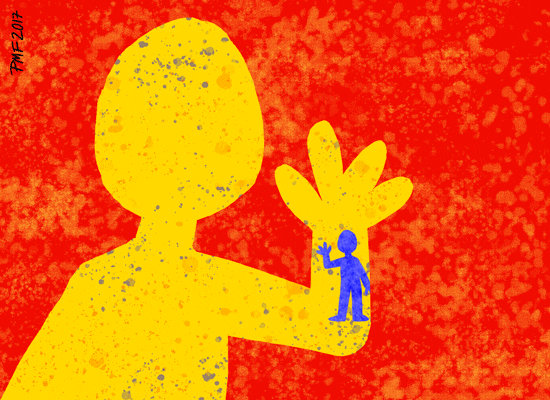
MPV







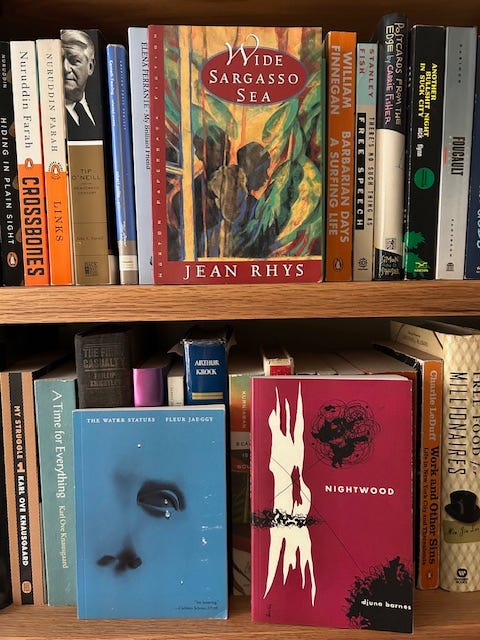
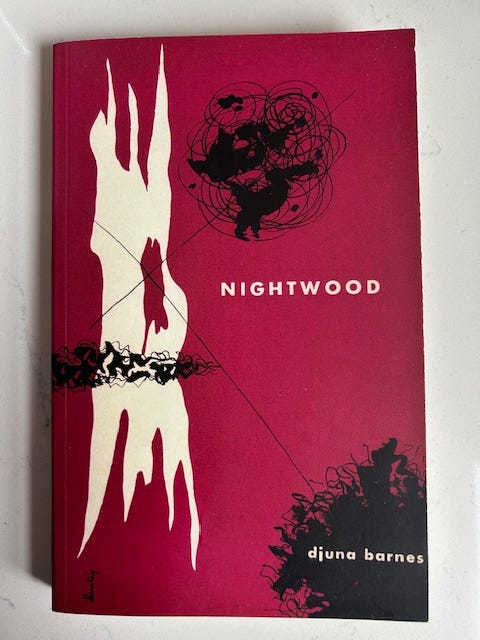

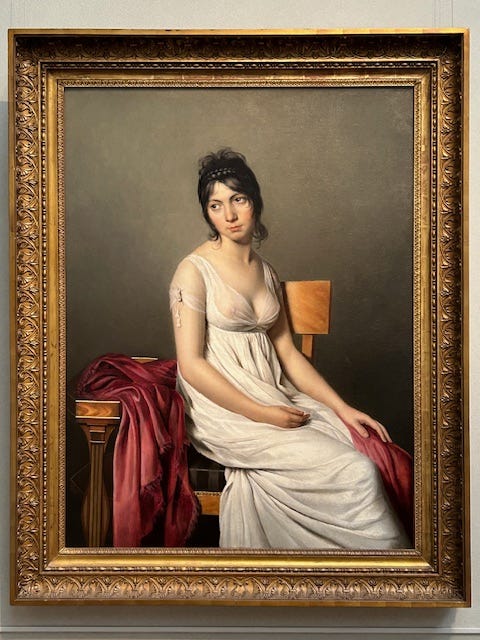

Omg that Ann Manov review…😱😂 and look at you! Recognizing art in the permanent collection at the National Gallery of Art on sight—a veritable snob!
What a wonderful review!!! It is always wonderful when a book you’ve owned for eternity turns out to be so good and you can’t believe you didn’t pick it up sooner! ‘City of Night’ has never been on my radar but it now firmly is I’m v interested by it.
I was mouth agape and giggling at the Ann Manov review. It is so thorough and SO long. She just keeps going. I think criticism in the book world lacks at times so I did enjoy reading this and Manov killed it (literally). Technically she’s only mimicking what Oyler has already done when she reviewed Tolentino’s ‘Trick Mirror’. In an ideal world I’d like to see a Oyler live reaction to the review for the sake of entertainment 😉